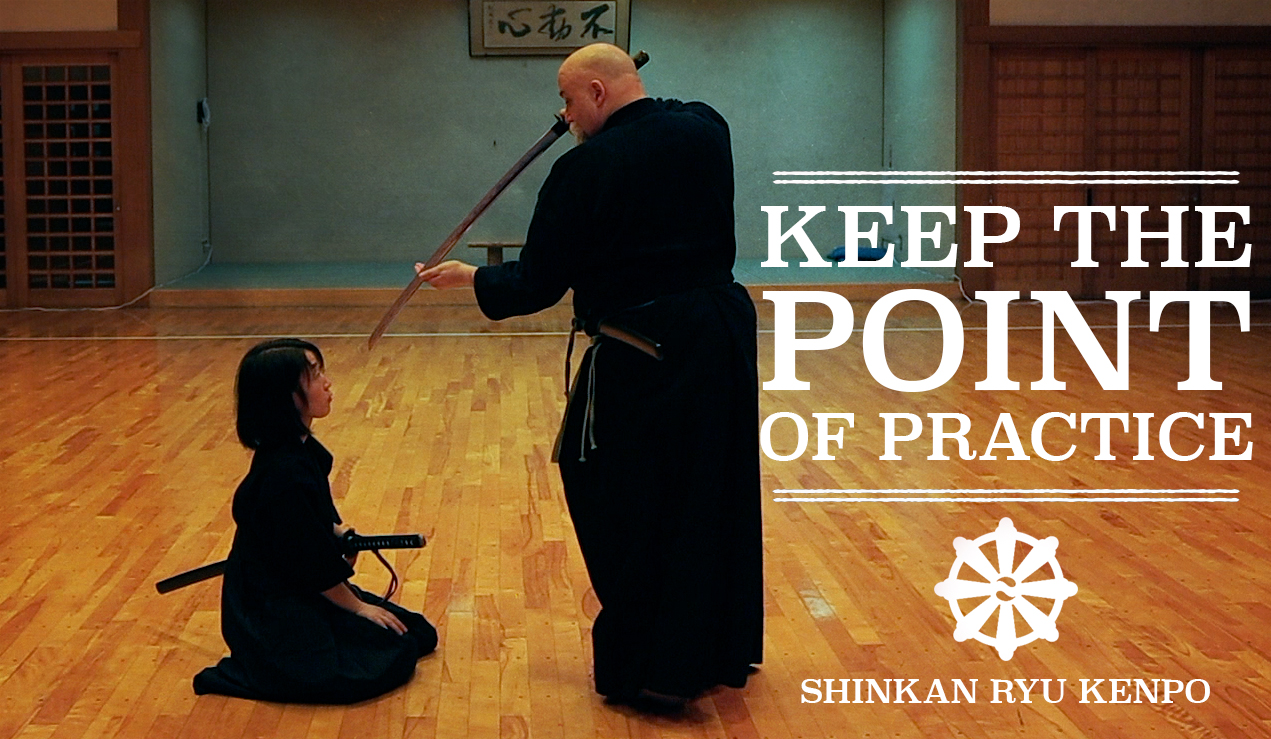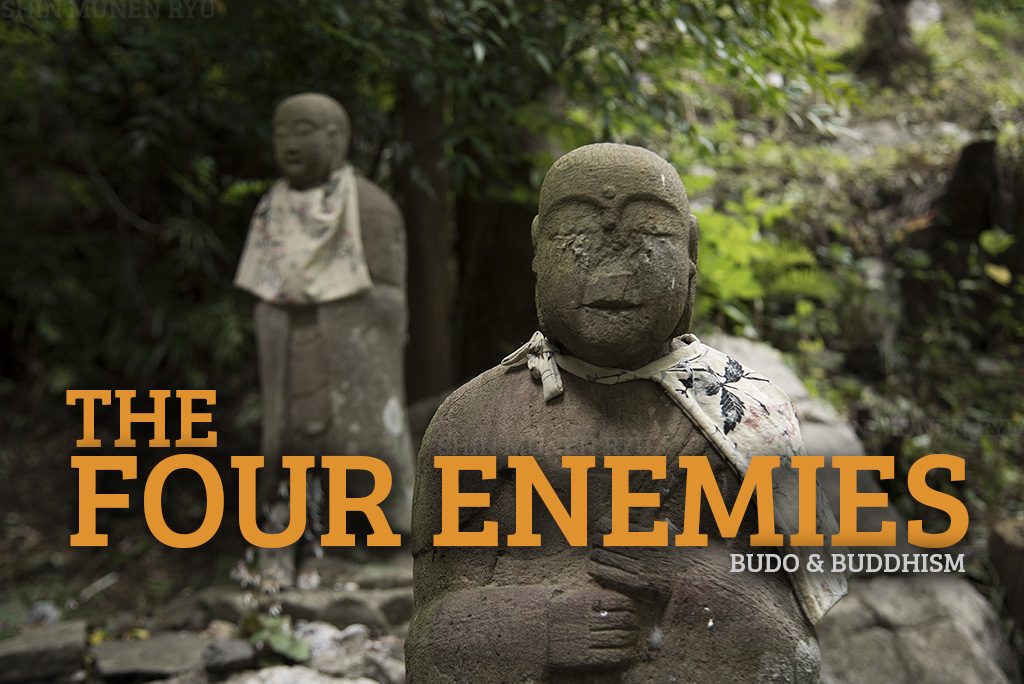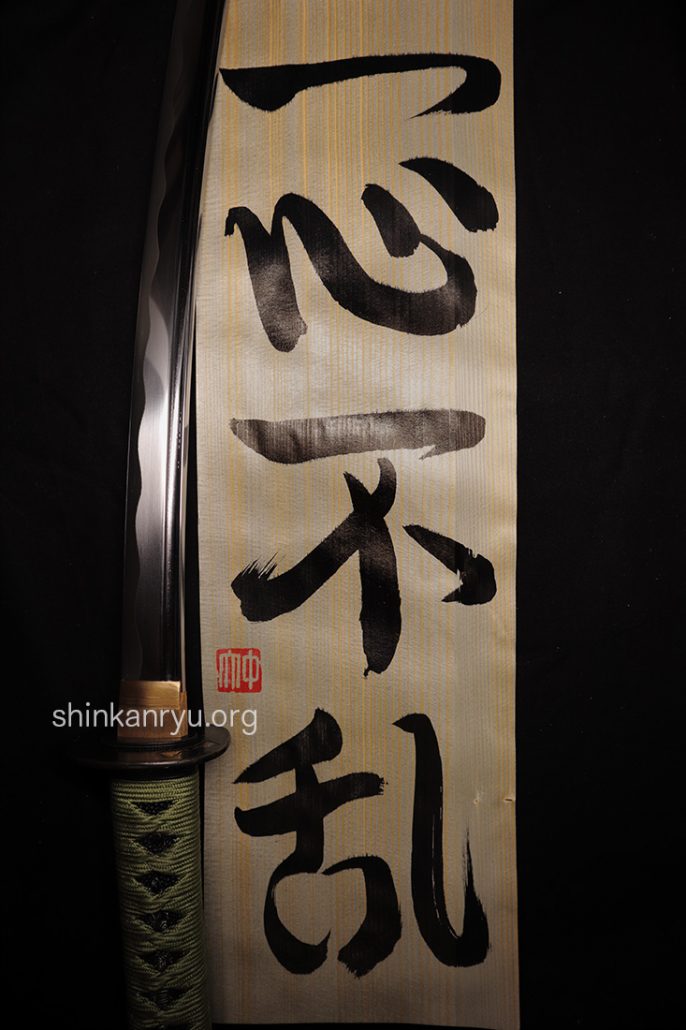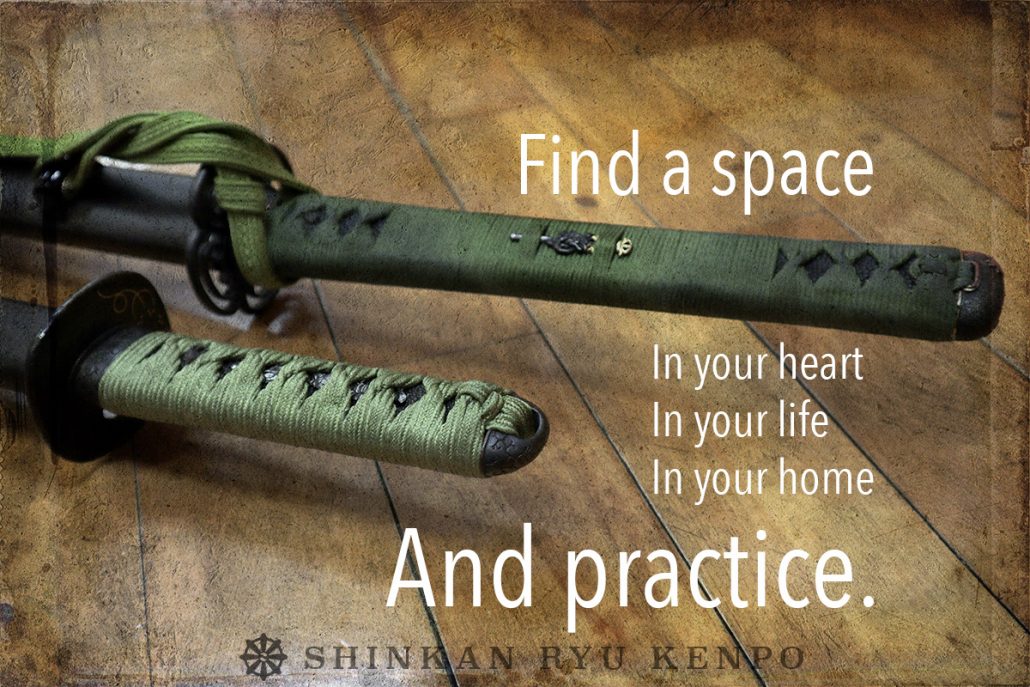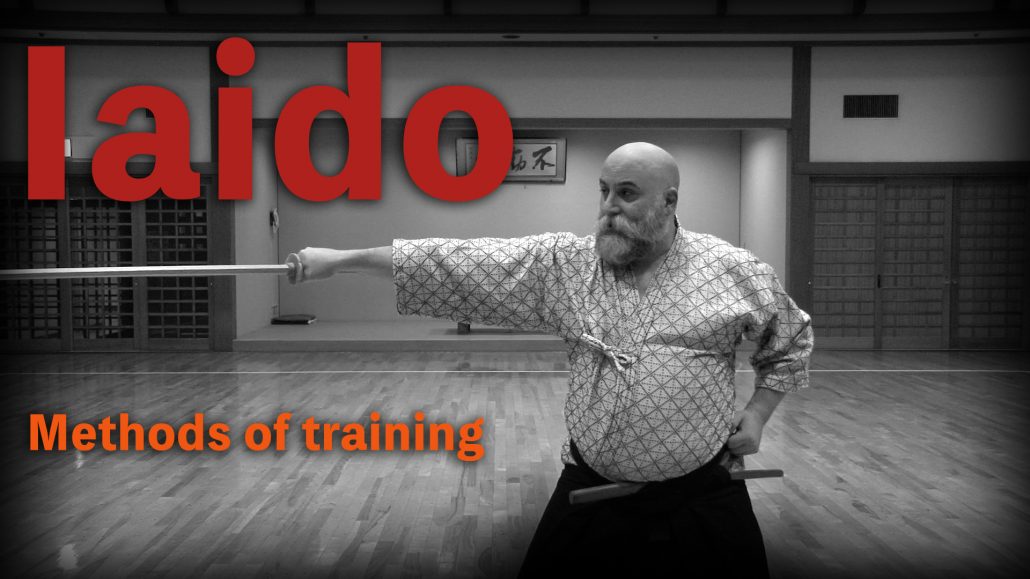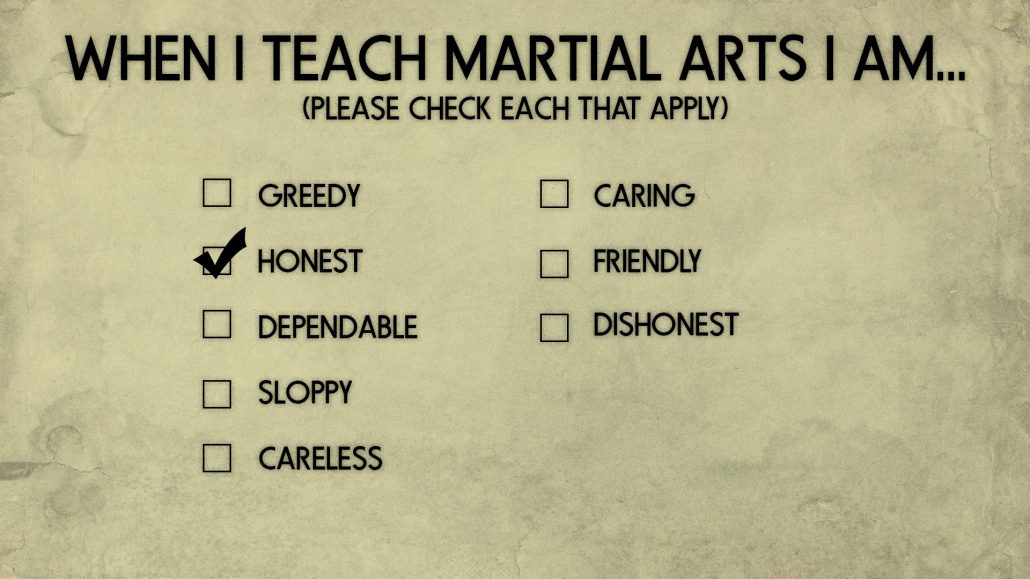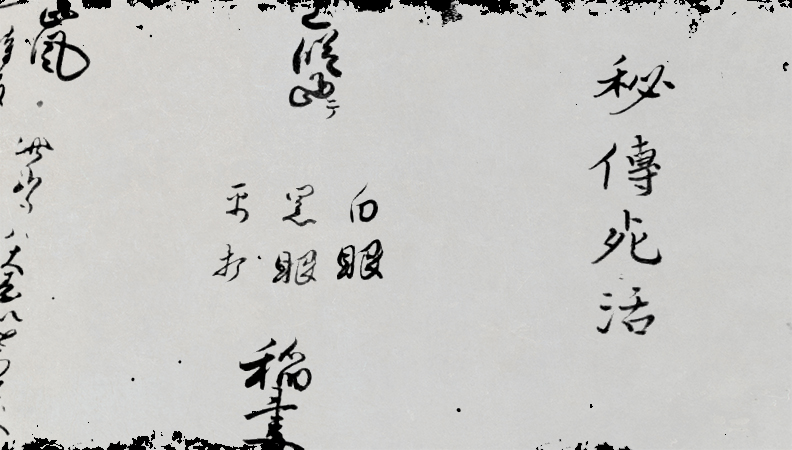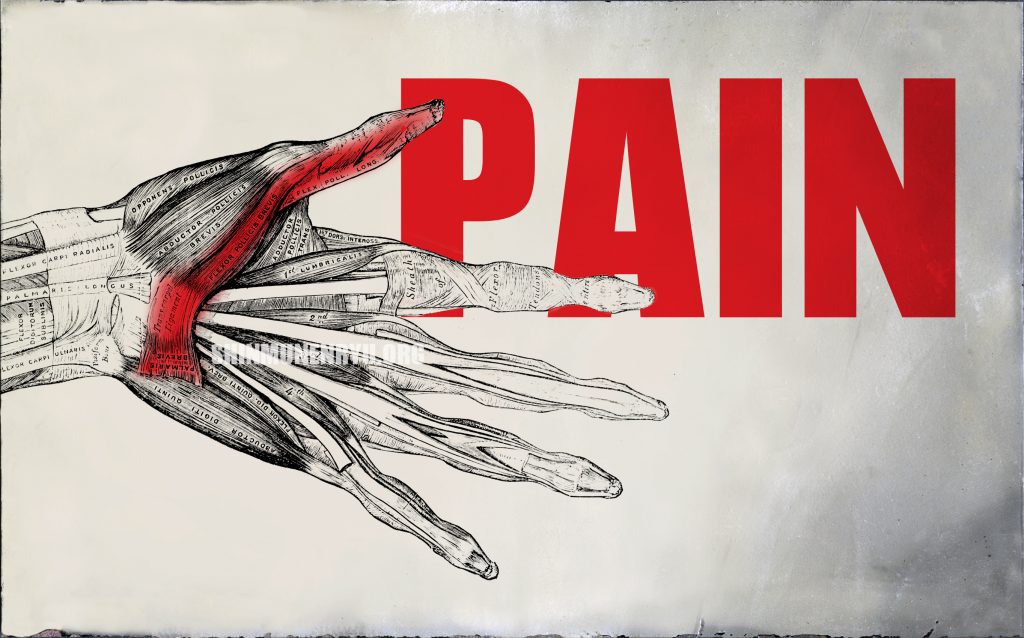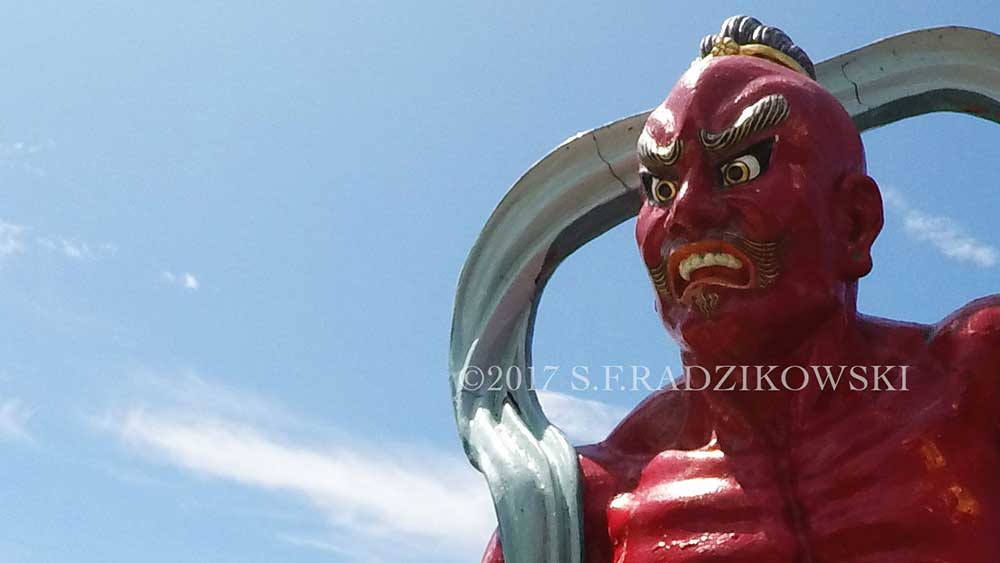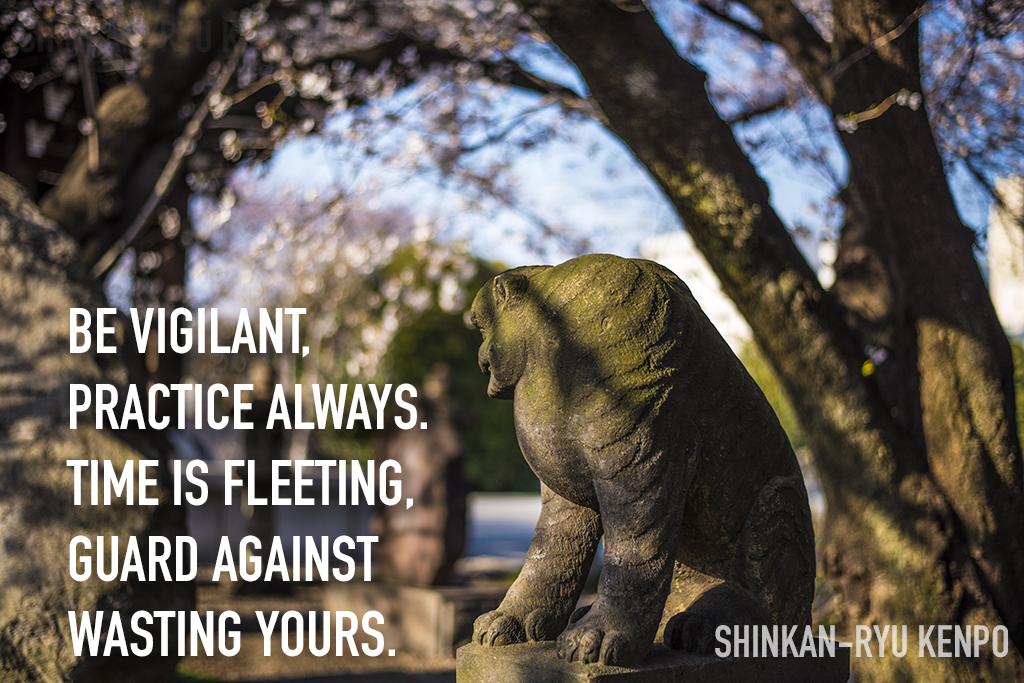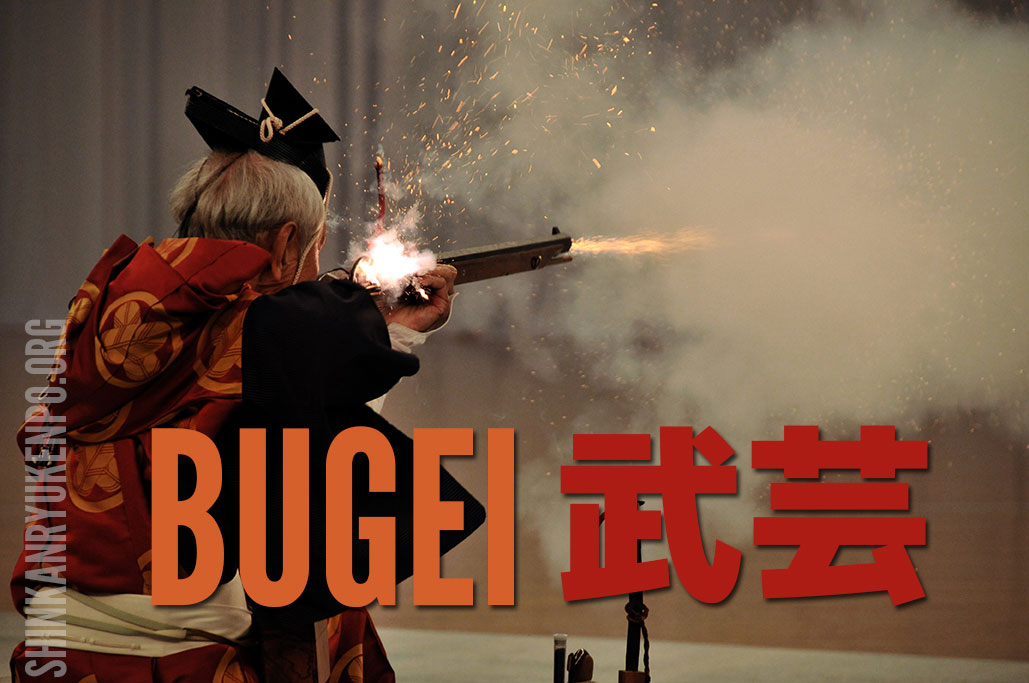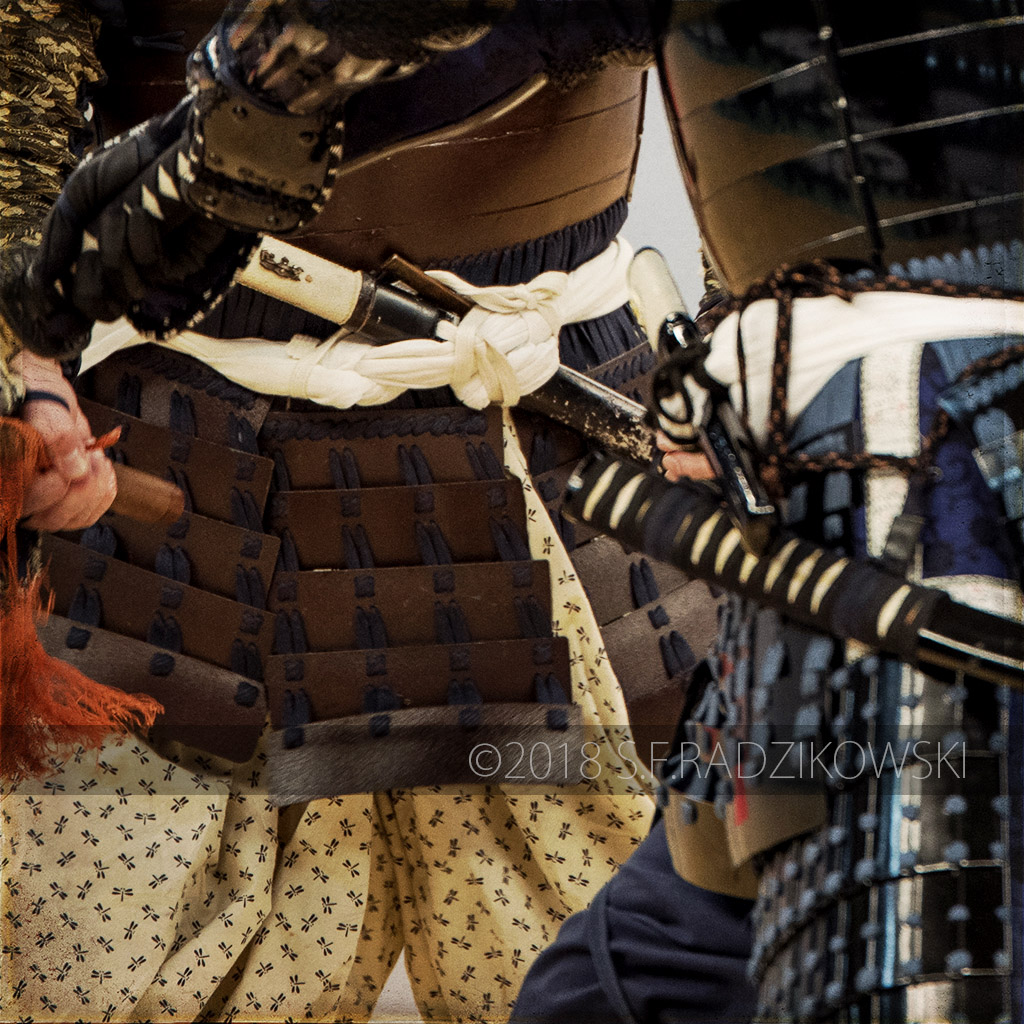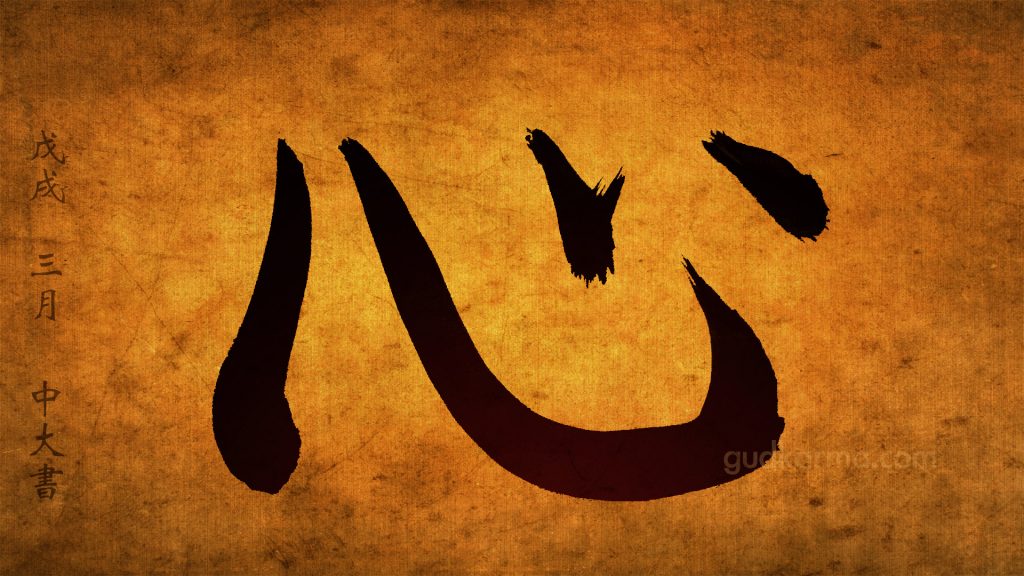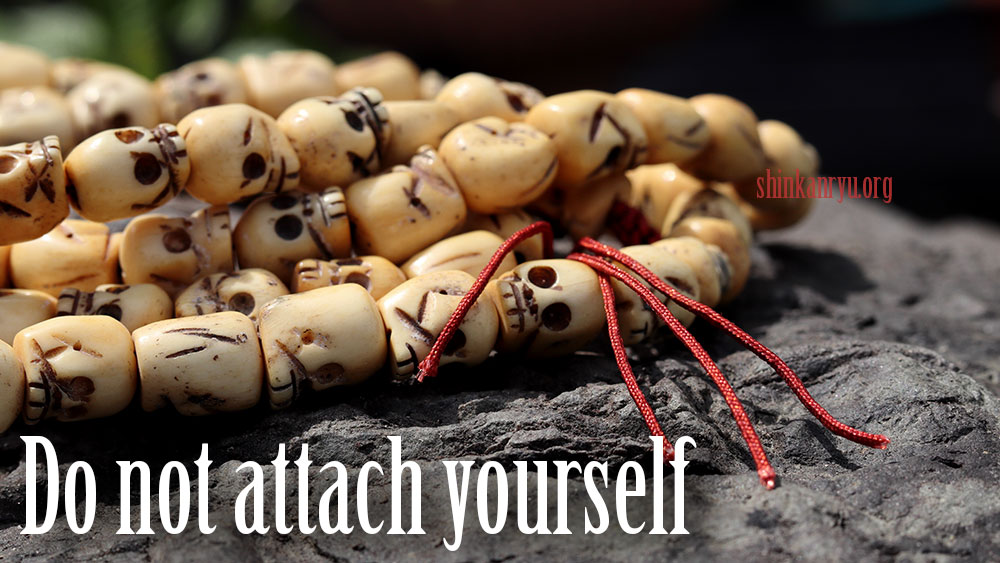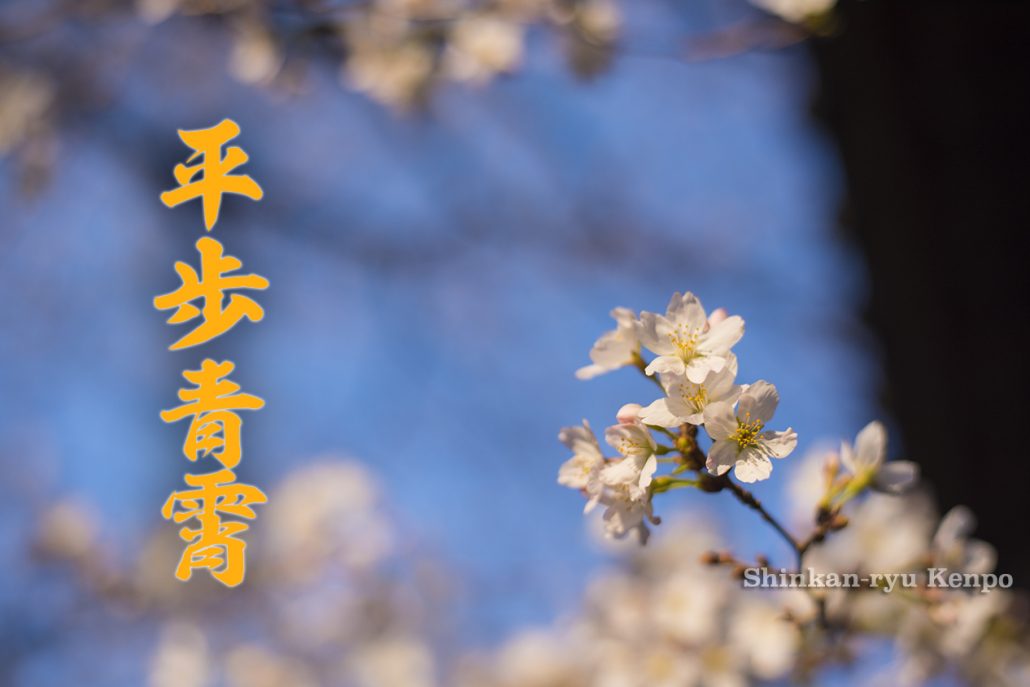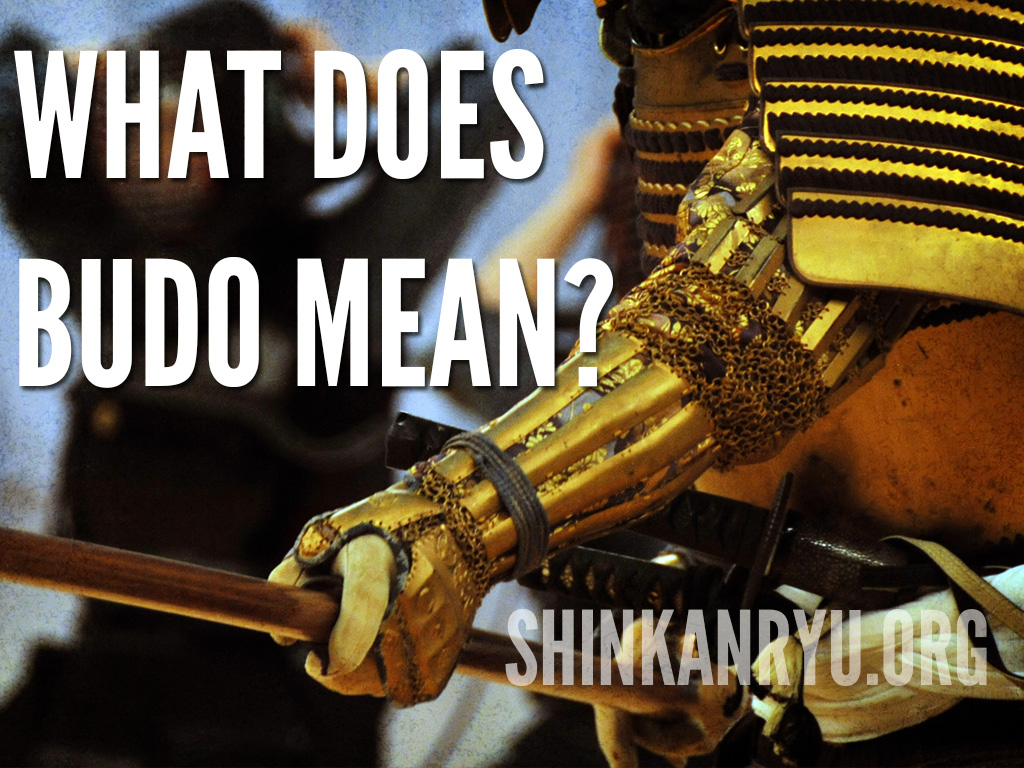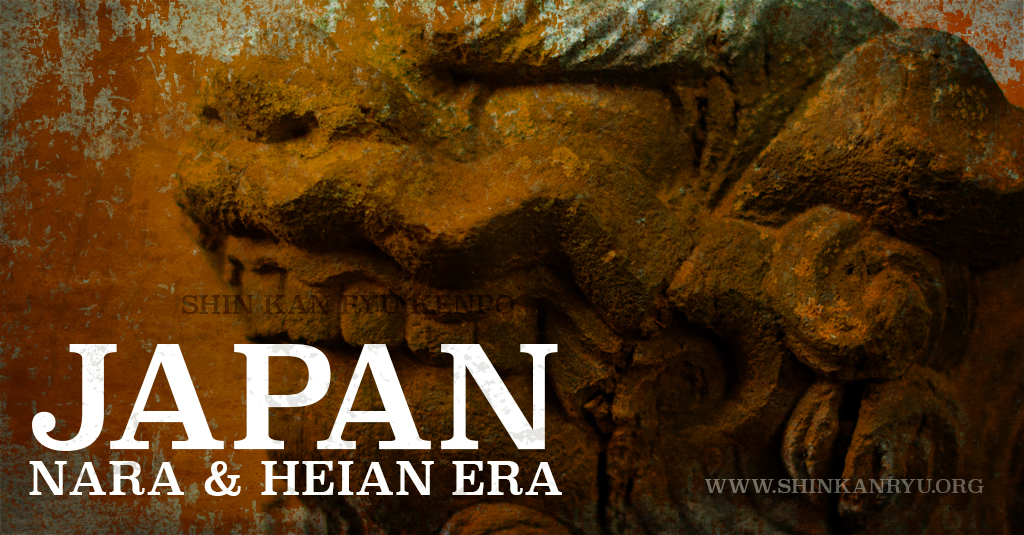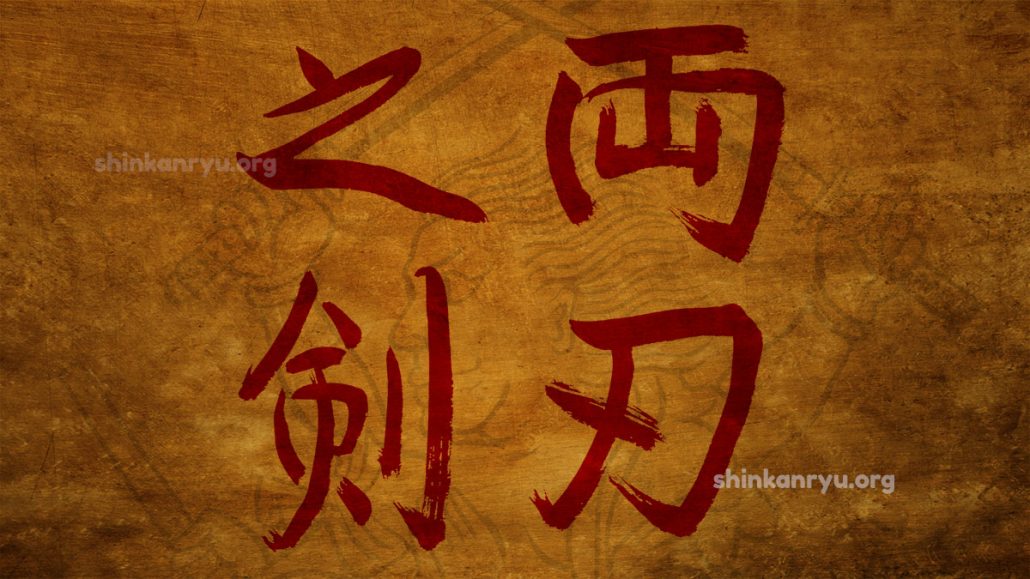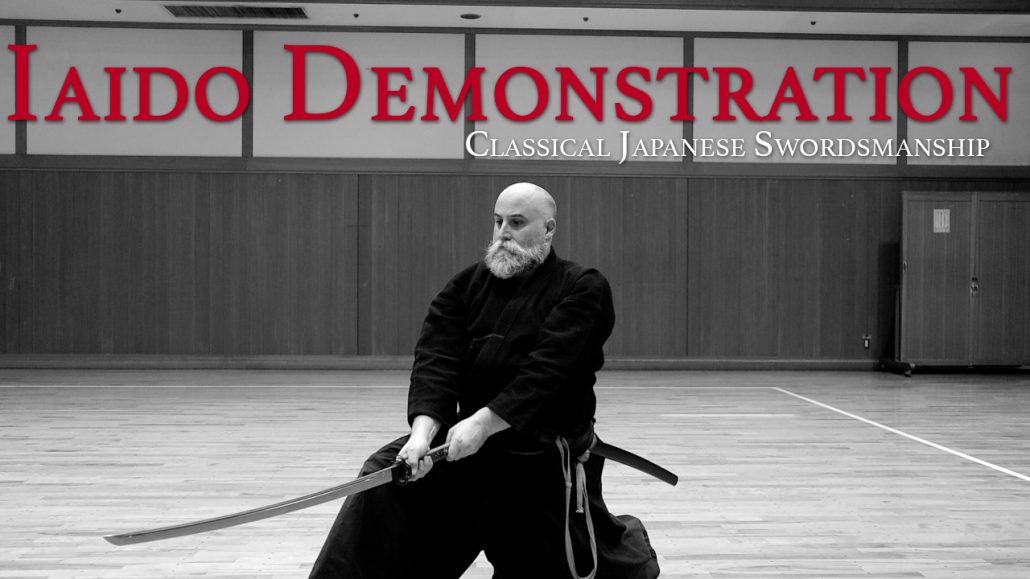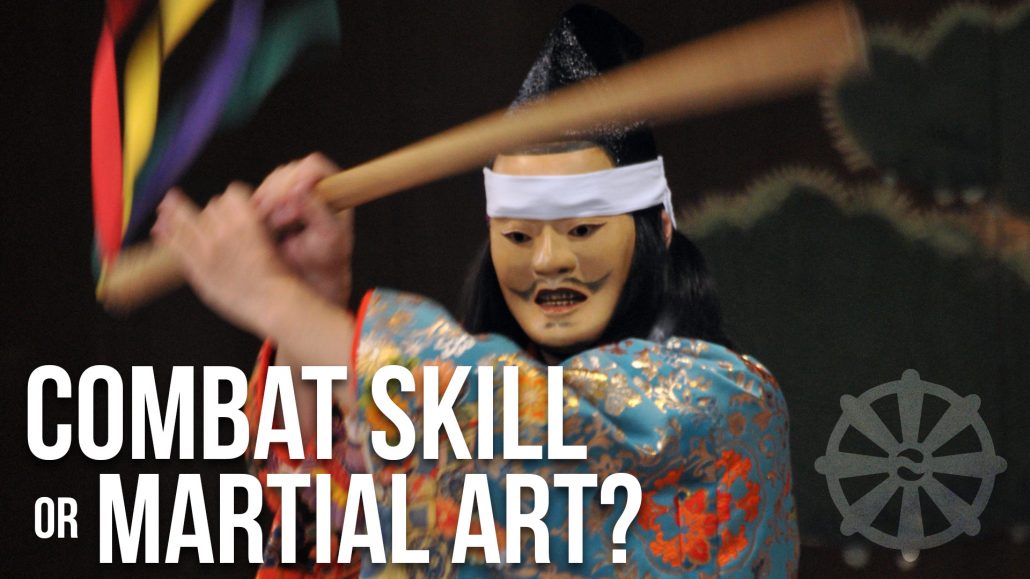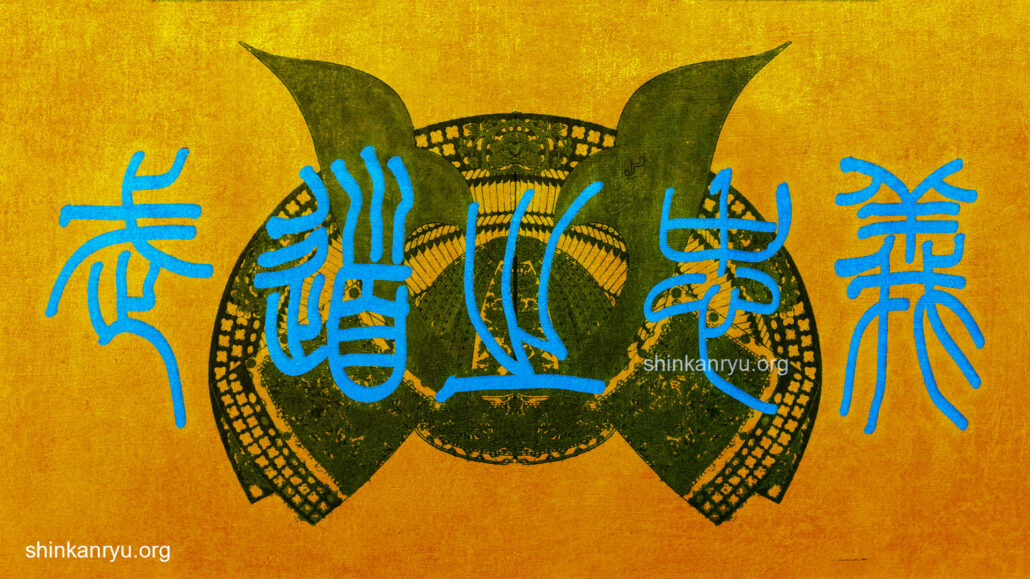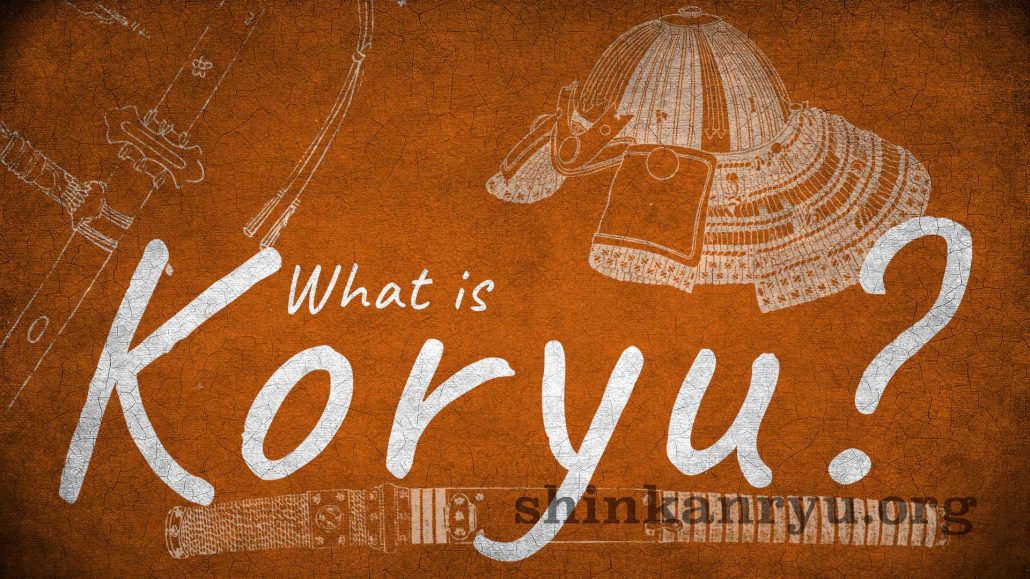Pardon the pun, but the point of iaido is important to keep.
When we practice iaido or iaijutsu alone it is easy to fall into bad habits or become complacent. There are many schools of iaijutsu or battōjutsu. Among the techniques, there is a moment where the opponent has been cut down. After the coupe de grâs, the iaijutsu practitioner usually performs a ceremonial sword cleansing technique commonly referred to as chiburi, before putting his sword away.
The moment between the final blow and the cleaning of the blade is crucial. Today I was teaching about this moment as it has gotten lost by some students. That moment is when we must know exactly where the enemy is and keep our sword and body in the right posture. We must use tame 溜. Tame is what we call the retention of awareness where we maintain our mind-body on whatever the subject of focus is. In this case, it is to keep ourselves and the sword positioned against the enemy. The fight is not over and there is no time to relax the sword, mind, or body.
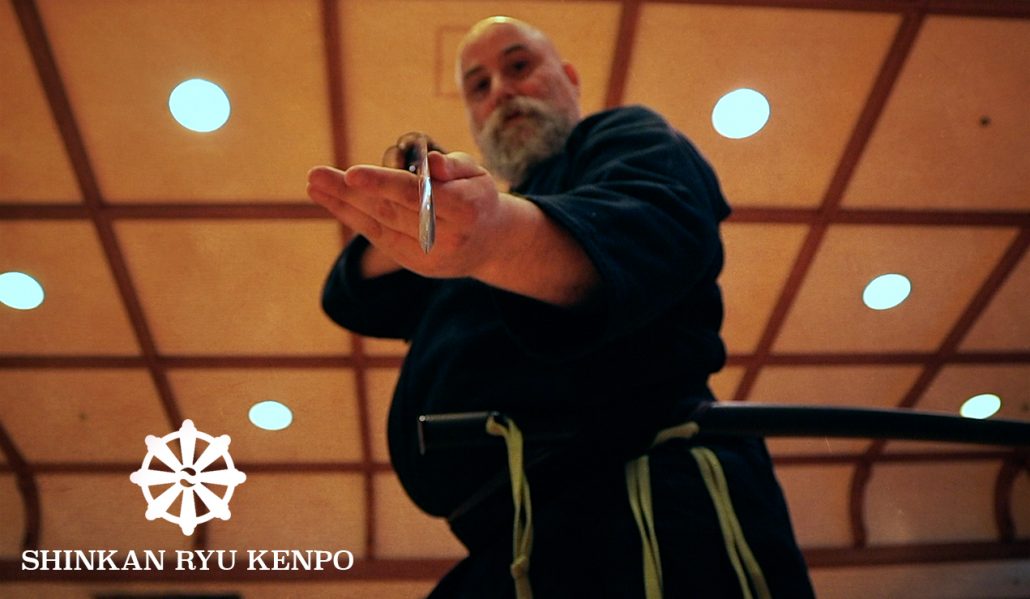
Fill it up.
If the mind is empty (of energy) and the sword is also pointing where it shouldn't be then our form is garbage. Even if we jumped 18 feet and did the biggest kirioroshi of our lives; if the gas runs out of our engine after that and we just stand there limp in all manners of incorrect attitude physically and spiritually then we have failed. You can spin and jump and shout. You can even have drums banging away in your dojo. Speed and bombast don't matter if your tank is empty of tame.
Keep the mode of observation from the start to the finish. The finish being the sword is returned and you have walked back to where the start is. From the moment we begin the form we must have this filling of awareness. Like the air in a balloon. Our mind and body must expand.
Be vigilant in your iaido practice to keep your tame balloon filled with energy. Thank you for spending time reading my thoughts.

ラジカスキー真照
館長Saneteru Radzikowski is the head sword instructor of Shinkan-ryū Kenpō. He lives and teaches Iaijutsu and Kenjutsu from Nara, Japan.
Four Enemies
Four Friends. Four Enemies. One morning while on alms rounds the Buddha gave a heap...
Bujutsu Thoughts Issin-furan
[fusion_builder_container hundred_percent="no" hundred_percent_height="no" hundred_percent_height_scroll="no" hundred_percent_height_center_content="yes" equal_height_columns="no" menu_anchor="" hide_on_mobile="small-visibility,medium-visibility,large-visibility" status="published" publish_date="" class="" id="" background_color="" background_image="" background_position="center...
Budō Practice Is Everywhere
Practicing without many excuses not to is a good practice.
Iaijutsu Iaido Sword Timing Lesson
Timing while training alone is an important aspect to keep alive and well in the...
Honesty and the Martial Arts Hermit. Being a good budō teacher and student.
When people want to find a martial arts teacher, do they often think of mister...
Koryū Menkyo Kaiden & Classical Martial Arts Proliferation
免許皆伝 Menkyo Kaiden and Koryu Proliferation Mention menkyo or menkyo kaiden around some martial artists...
Pain & Training In The Martial Arts
Pain & Training Pain is a universal dilemma. Especially for those in sports or martial...
Too Many Martial Arts
The koryū of Japan are not self-defense arts. Although they can be authentic and certainly...
Practice. Time Is Fleeting
In #budo as well as life, in general, we should avoid wasting time. We need...
What does Bugei mean?
Bugei translates as Martial art, Military arts, or Arts of war. Bu 武 means warrior...
Martial Arts Creator Origin Myths of Japan
Japanese Koryū Creator myths; becoming enlightened and making up a whole martial arts system. Some...
The Martial Arts Heart
Budo values reflection and compassion. When these are not present it is hard to develop...
Attachment, Budo & Impermanence
It is worth a lot to be mindful of the ebb and flow of all...
Equanimity Of A Bushi
Under the big blue sky, Walk with purpose. せいしょうにへいほうす。青空をすたすた歩く。 Move towards your difficulties (or life...
What does Budō mean?
I’d like to discuss briefly discuss what Budo or Bujutsu means. I’m not a scholar...
Japanese Era 710-1868 Part 1 Nara & Heian
Nara period. 710-794 We shall begin with the Nara period. 710-794. Japan had recently changed...
Unleash the Potential of Your Iaido Success
We’re diving deep into the art and discipline of Iaido, a journey that goes far...
The Sword With Two Edges
Today I decided to write the four kanji compound of morohanotsurugi. In English, we might...
Tachi Iai & Suwari Iai Demonstrations
[fusion_builder_container hundred_percent="no" hundred_percent_height="no" hundred_percent_height_scroll="no" hundred_percent_height_center_content="yes" equal_height_columns="no" menu_anchor="" hide_on_mobile="small-visibility,medium-visibility,large-visibility" status="published" publish_date="" class="" id="" background_color="" background_image="" background_position="center...
Are Combat Skill, Self Defense & Martial Art The Same?
Why make the distinction between martial art and combat skill? I believe that combat skills...
Bushido Chūgi The code of Loyalty
Loyalty is one of the shining points in any list about the virtues important to...
What is Koryū?
Japanese martial arts are usually defined in two groups. Pre-modern and modern. There are no...


